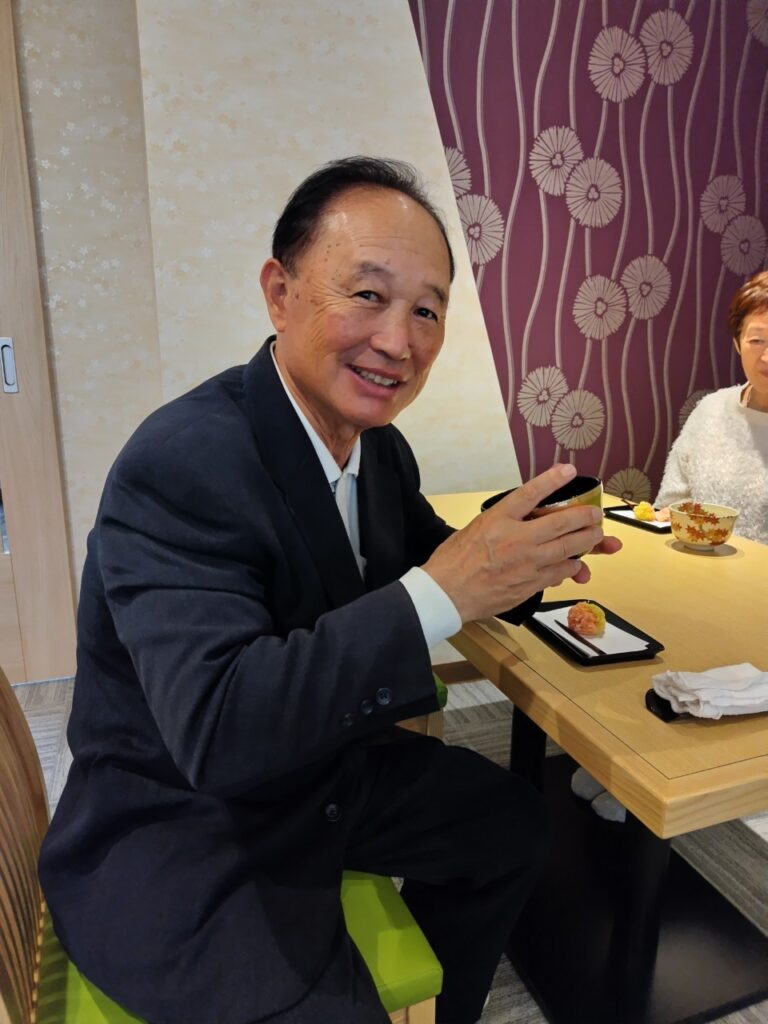浅草の羽子板市にて、振袖の羽子板を買いました。
At the Asakusa Hagoita Market
I bought a Hagoita with furisode (long-sleeved kimono).
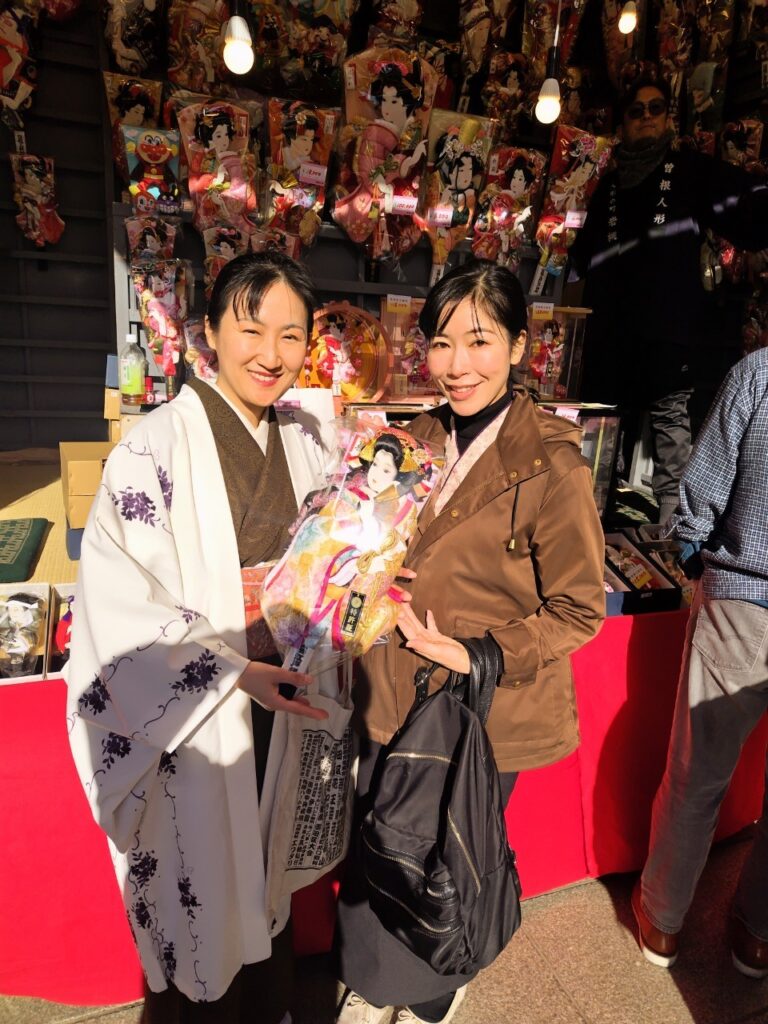
浅草の羽子板市にて、振袖の羽子板を買いました。
At the Asakusa Hagoita Market
I bought a Hagoita with furisode (long-sleeved kimono).

お菓子は懐紙ごとてのひらに乗せ
楊枝で切って召し上がります。
You eat the sweets with the paper.
And put it on your palm.
You use the pick to eat it with.

倫理法人会の仲間が和茶子(wasako)へ来てくれました。
Fellow who study the Rinri-houjinkai with me came to Wasako.
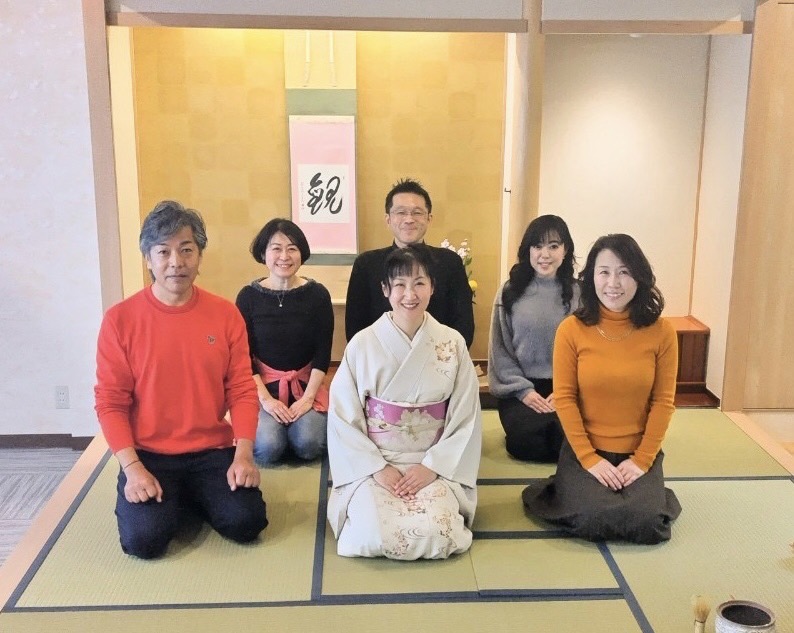
いつもお世話になっているご夫婦にご来店いただきました。
Our favorite couple came to visit WASAKO.
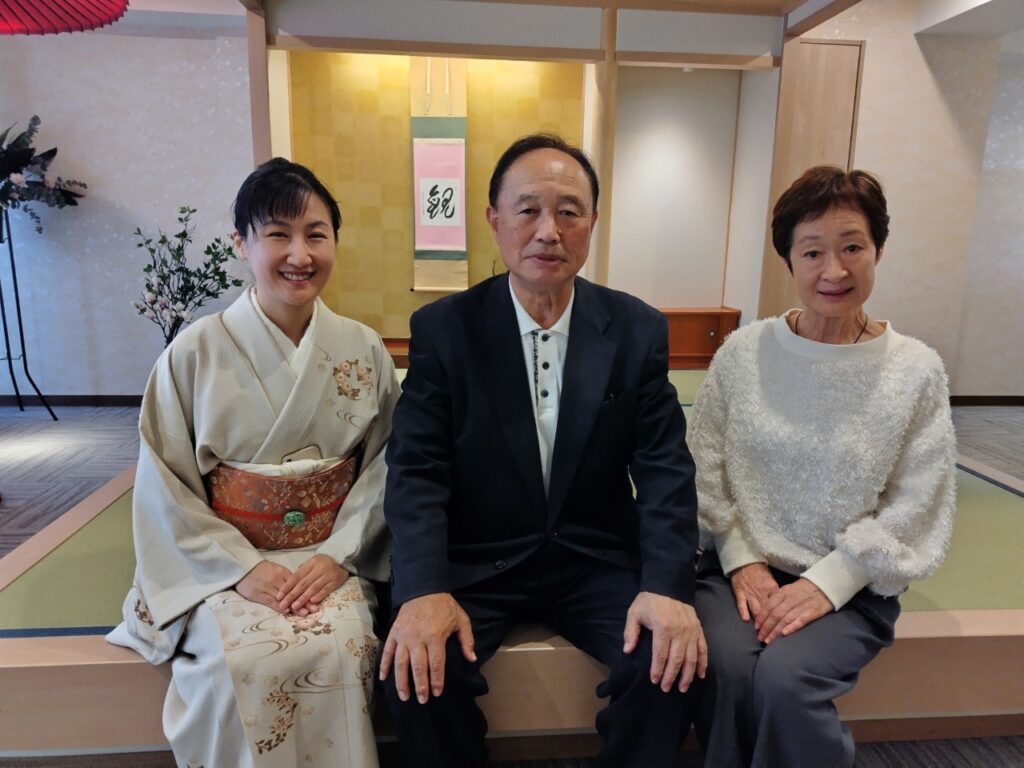
和茶子(wasako)の新しいお花です。
Wasako’s new flowers.
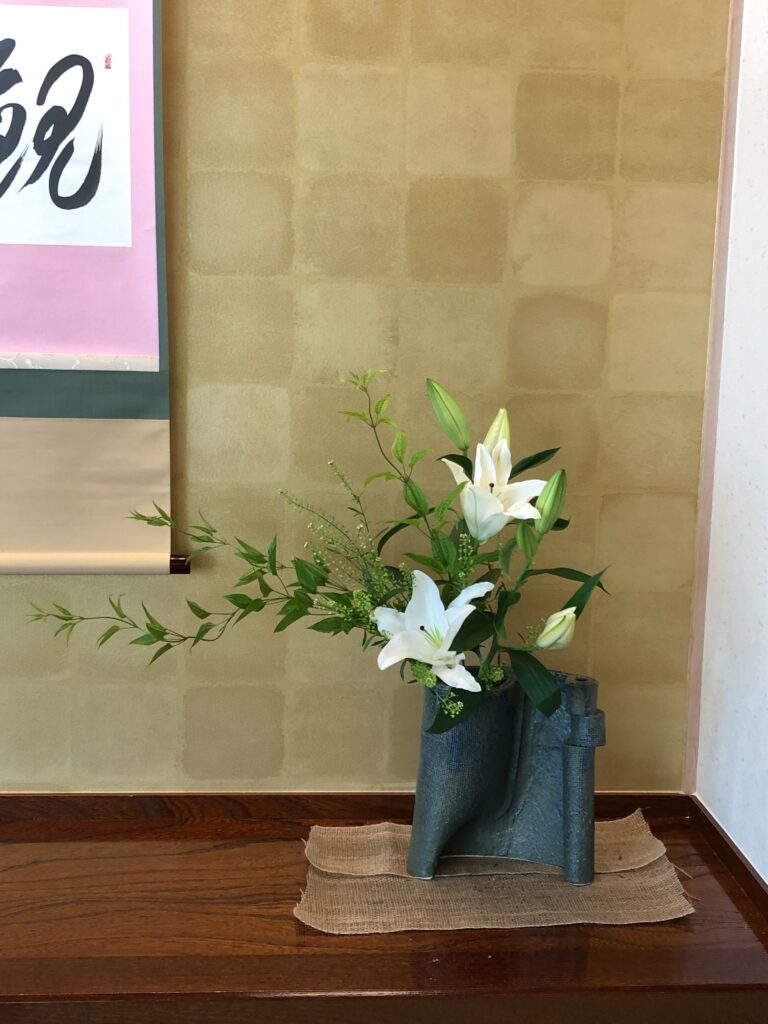
香港より和茶子(wasako)へお越しのカップルです。
They came Wasako from Hong Kong.
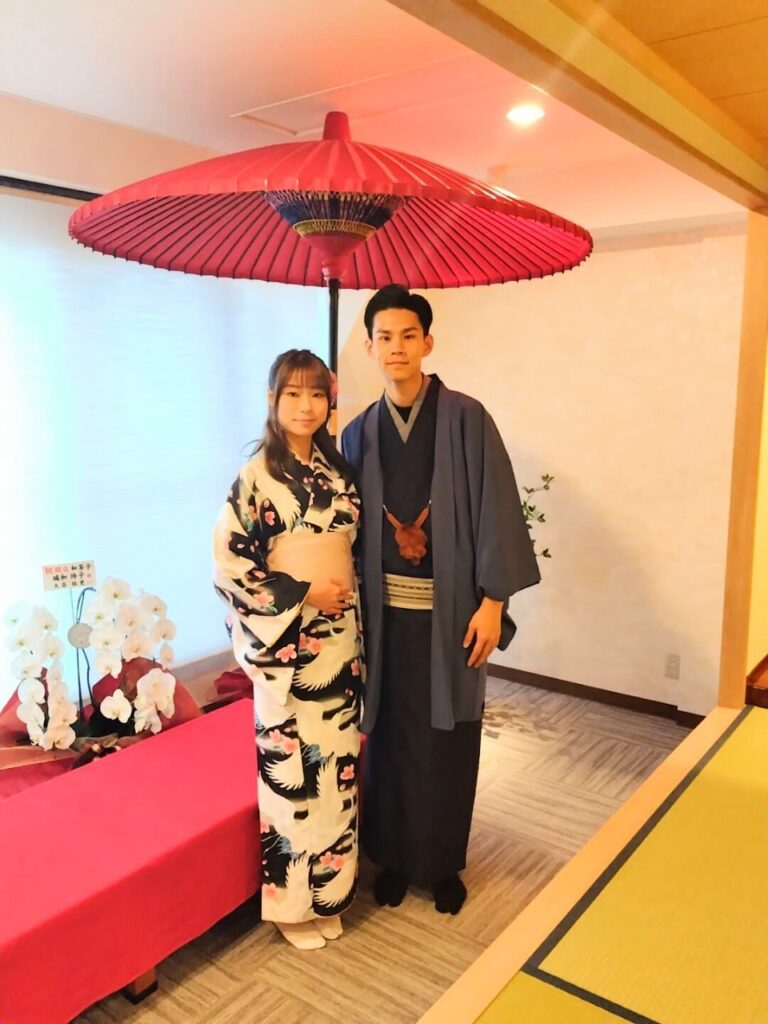
スタッフ作成のスワッグを和茶子(wasako)に飾りました。
茶道体験のお客様をお迎えします。
Swags made by the staff were decorated Wasako.
Welcoming guests for a tea ceremony experience.
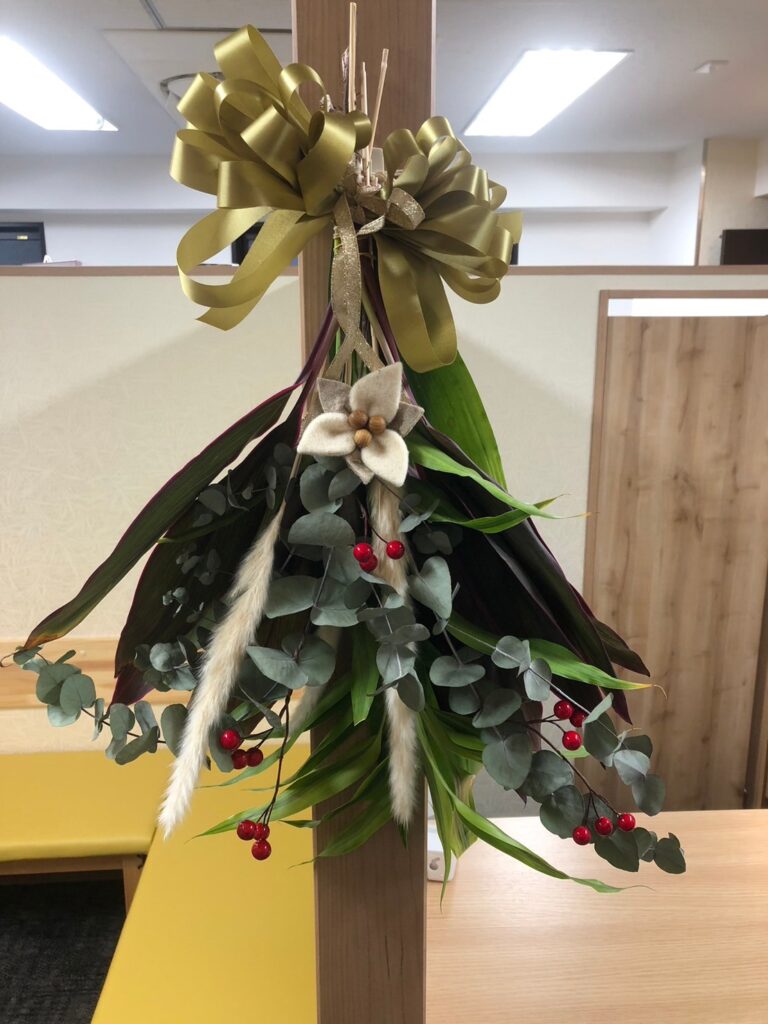
ブラジルから和茶子(wasako)へお越しのお客様&通訳さん
They are customer and interpreter.
They came Wasako from Brazil.
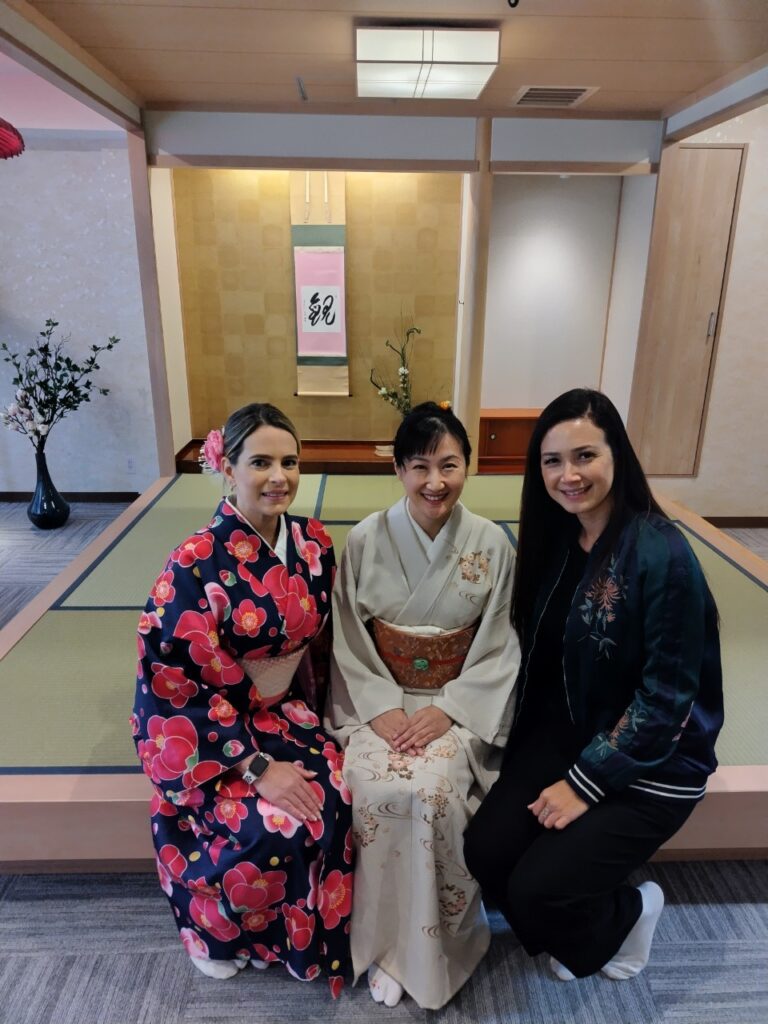
和茶子(wasako)の和室に一部、使われている壁紙です。
菊松葉の文様と言いまして
松は常緑樹なので常盤木(ときわぎ)とも呼ばれ、
松の葉で不老長寿を象徴する菊を象り
運気の上昇を表わす立涌(たてわく)と組み合わせた大変縁起の良い文様です。
This wallpaper is used in some of Wasako’s Japanese-style rooms.
It is called the chrysanthemum pine needle pattern.
Pine tree is called Tokiwagi because they are evergreen.
It signifies congratulations and longevity.
And Tatewaku expressing rising fortunes.
The combination of the two is a very auspicious attern.
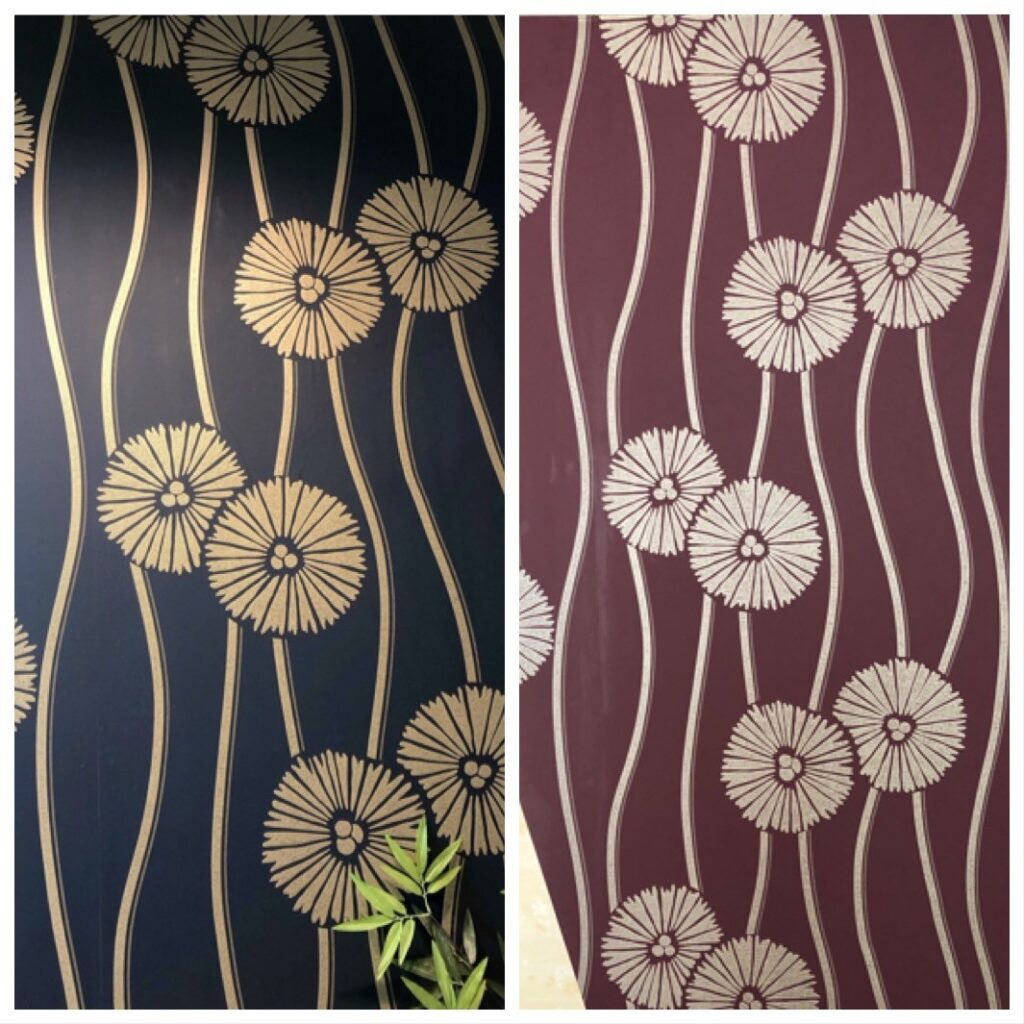
お世話になっている建築士さんが和茶子(wasako)へお祝いに来てくれました。
He is an architect.
He came to congratulate us.
